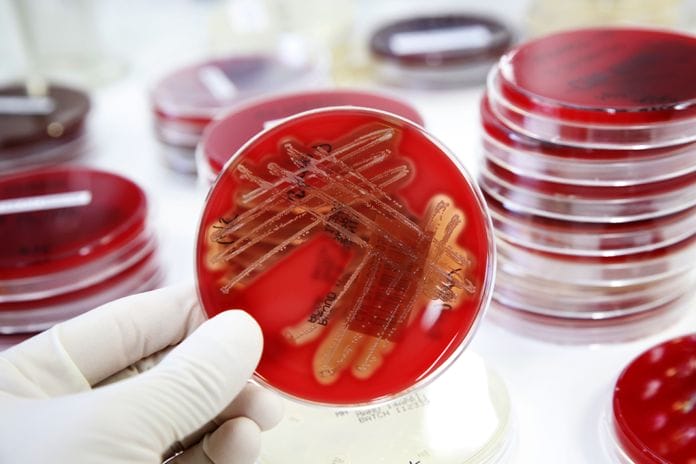Researchers at Umea University in Sweden have recently released the results of a study that links highly virulent types of the Streptococcus mutans bacterium to children with increased risk of dental caries.
The study, conducted over five years, sampled saliva from 452 children at 12 years of age and then reviewed their dental health again at 17 after five years of ordinary dental and orthodontic care. It shows that certain children have a more virulent variant of the bacterium, which makes it more aggressive and a better survivor, and increases the risk of caries.
Niklas Stromberg, professor, and head at the Department of Cariology at Umea University says that certain diet and oral hygiene habits can lead to an acidic pH in the mouth. This acidic pH damages the enamel and promotes the growth of acid producing bacteria, including Streptococcus mutans. It has long been known that S. mutans is the primary pathogen in dental caries, but until now it has been a poor predictor of caries development, preventing individual caries risk detection and prevention. However, one in five children in Sweden carry a particular virulent variant of the S. mutansbacterium that has unique adhesive properties and may cause caries regardless of lifestyle or hygiene.
This study helps to explain why, in Sweden and other countries with access to good hygiene and preventive dental care, 15-20% of children have a high incidence of caries despite lifestyle-related variables like sugar consumption, oral hygiene, or use of fluoride, and their caries risk is unaffected by traditional prevention methods.
These high-risk children do not respond to traditional caries prevention or treatment methods, and lifestyle variables in these children do not accurately predict the risk of caries. These specific Streptococcus mutans bacterium variants can adhere to proteins and survive in their saliva and cause chronic caries. Chronic caries infection and loosening of teeth pose an increased risk of cardiovascular and other systemic diseases later in life.
With further biochemical studies, the researchers found a link between the specific adhesive proteins in S. mutans and their adhesion to proteins in the saliva. This stronger adhesion increases the ability of the bacteria to survive the antibacterial properties in saliva. The increased bonding ability also led to increased caries over the five-year study period.
In a further study yet to be published, these researchers also identify a risk factor in other high-risk children with genetic defects in their saliva receptors for bacteria. These affected genes may play a role in auto-immune disorders.
Caries is the most common chronic disease in the world, affecting billions of people. At least half of school children worldwide, and the vast majority of adults have experienced caries, and dental costs amount to 5% of total health care costs worldwide. Caries is the most common cause of failure for other dental treatments, including dental fillings, crowns, and bridges.
Researchers hope that this study can be used in the future to identify high-risk patients and develop individual prevention and treatment plans. Testing for the presence of this Streptococcus mutans variant could lead to earlier detection and greater prevention. They also hope that targeting the newly-identified adhesion properties could open new avenues for research and treatment, to reduce the incidence of caries in high-risk individuals.
While the study demonstrates that some caries are caused by specific variants of S. mutans bacterium regardless of lifestyle and hygiene habits, the researchers are still careful to point out that, in the 4-out-of-5 low-risk children identified in the study, the overall risk of caries is still modulated by diet and oral hygiene habits. While the study enables more specific risk identifiers and treatment options, traditional lifestyle and caries prevention methods are still important.











